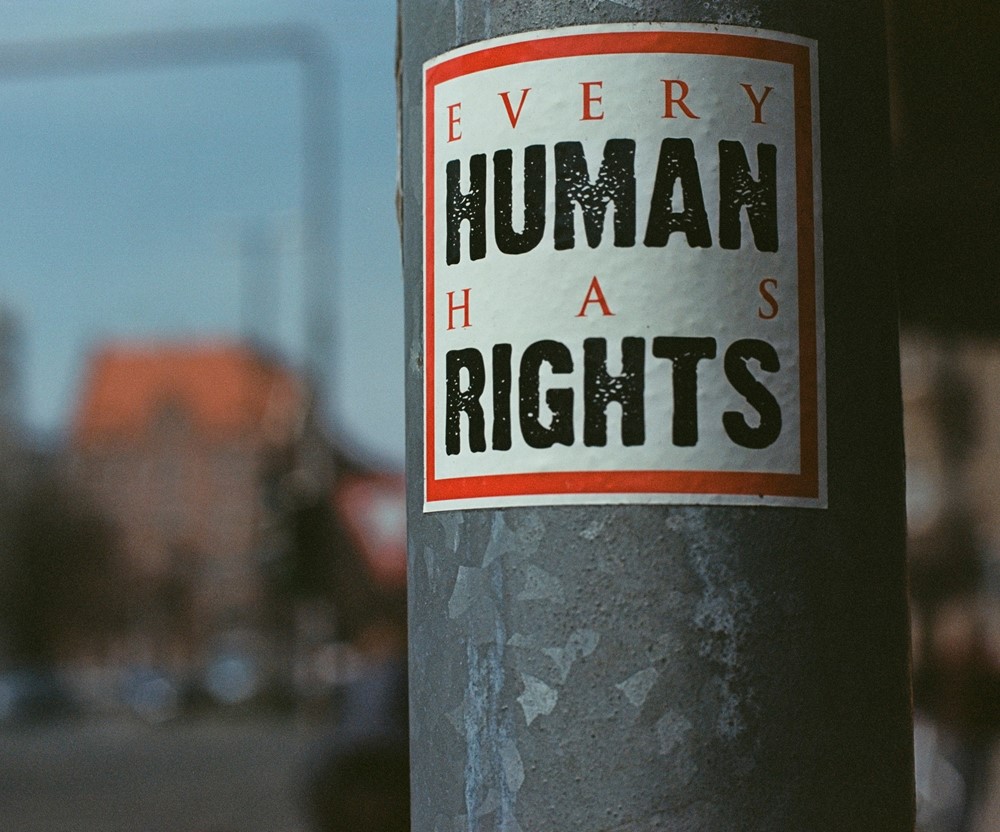
Your Pay is a Human Rights Issue
Gender Pay Gaps Breach Human Rights
Categories
Today is international Human Rights Day. In New Zealand we don’t frequently think of ourselves as a nation to which this is especially relevant. Many of us enjoy a high standard of living (although many don’t) and we operate a robust democracy.
However, if you are a woman or a minority, statistically speaking, your human rights are likely currently being breached – by your employer. Depending on how you measure it, and which industry you work in, your gender pay gap might sit between 9% and 45%. International consensus is that equal pay is a human right, to which all people are entitled and therefore your rights may be being breached.
Equal pay means women and men have the right to receive equal remuneration for the same work, but it also means that women and men should get equal pay when they do work that is different but can be shown to be of equal value. This is where we see the really large pay gaps emerge. When evaluated based on objective criteria we find that the work women typically do is paid much less than similar types of work that men typically do, for example librarians and database managers. Both manage information but one is paid a lot more than the other.
Evaluating jobs based on gender-neutral criteria allows us to address the gender pay gap as a systemic issue, often tied to assumptions and stereotypes about the value of jobs that are typically seen as ‘women’s work’. It highlights the fact that women are often concentrated in sectors that are under-valued – such as care work – even though they involve high levels of responsibility and effort, and multiple specialised skills. Objective job evaluations can also positively impact other groups that experience discrimination, such as migrants and refugees, people with disabilities, indigenous peoples, people of colour and LGBTQI people.
Unfortunately, progress is slow regarding this particular human rights issue.
The movement to achieve pay equality began over 80 years ago when women who had entered the labour force in large numbers during the Second World War held the front lines of production in many countries.
When the war ended and men returned to their jobs, women were pushed out or paid less for doing the same job. In response the International Equal Remuneration Convention was adopted in 1951. Pay inequality was an obvious and measurable form of discrimination, and so the push for equal pay became an important first step towards wider gender equality in the labour market and society in general. The Convention was forward-looking for its time and remains relevant today, as we have not achieved full pay equity.
Pay equity is a central issue for us at the GenderTick, where we’re working hard to help as many organisations as possible to achieve pay equity. To become certified, we require members to do the analysis on their gender pay gap, publish their results and have an effective plan in place to remedy any gap. We conduct training on how to calculate and fix your gap, as well provide tailored advice to organisations who are looking for a bit more assistance.
Others are also working hard to address this issue in New Zealand. Karanina Sumeo, the EEO Commissioner for the New Zealand Human Rights Commission, has drawn attention to the issue and called for pay transparency as a first step toward pay equality. Similarly, the YWCA’s Mind the Gap movement organises civil society organisations to pressure the government to mandate for pay equality.
While progress has been slow to date, we hope the confluence of improved public understanding, business-community willingness and the push for better legislation will mean we will finally see the end of the days when people’s human rights are routinely being breached in the workplace in New Zealand.
Photo by Markus Spiske on Unsplash

